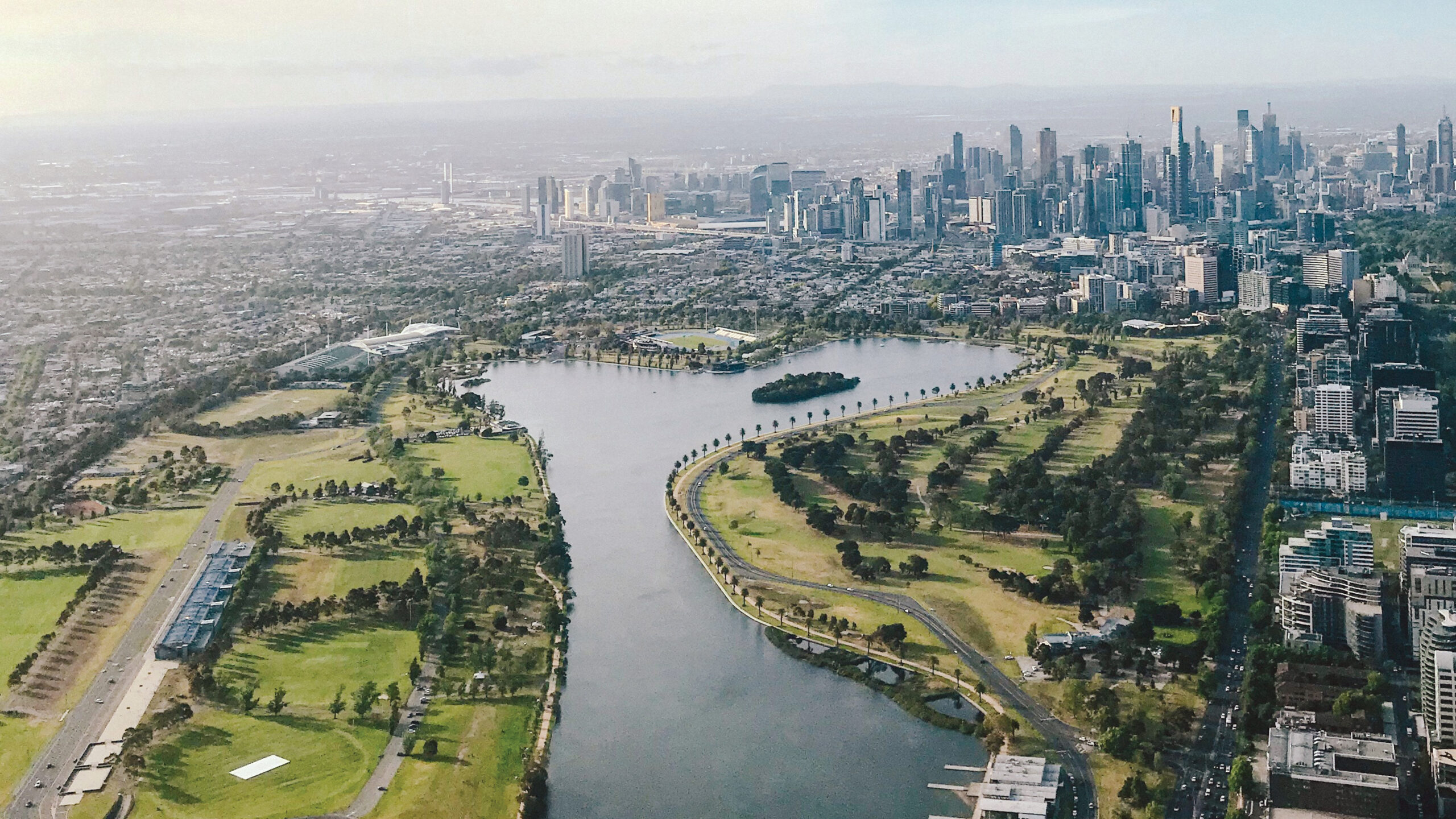Famed for its magnificent imperial palaces and love of opera and classical music, Vienna has retained its crown as the world’s most liveable city. That is according to the Economist Intelligence Unit’s (EIU) latest Global Liveability Index, which ranks Vienna in the top spot owing to its “winning combination of stability, good culture and entertainment, reliable infrastructure, and exemplary education and health services”.
Another European city, Copenhagen, takes second place, while third and fourth positions go to Melbourne and Sydney respectively. This represents a return to form for Australian cities which were particularly badly affected by the restrictions imposed as a result of the pandemic. Three cities in Canada, two in Switzerland, and two in Asia (Auckland and Osaka are joint tenths) comprise the rest of the top 10. The rise of Asian cities among a total of 173 ranked this year is particularly striking.
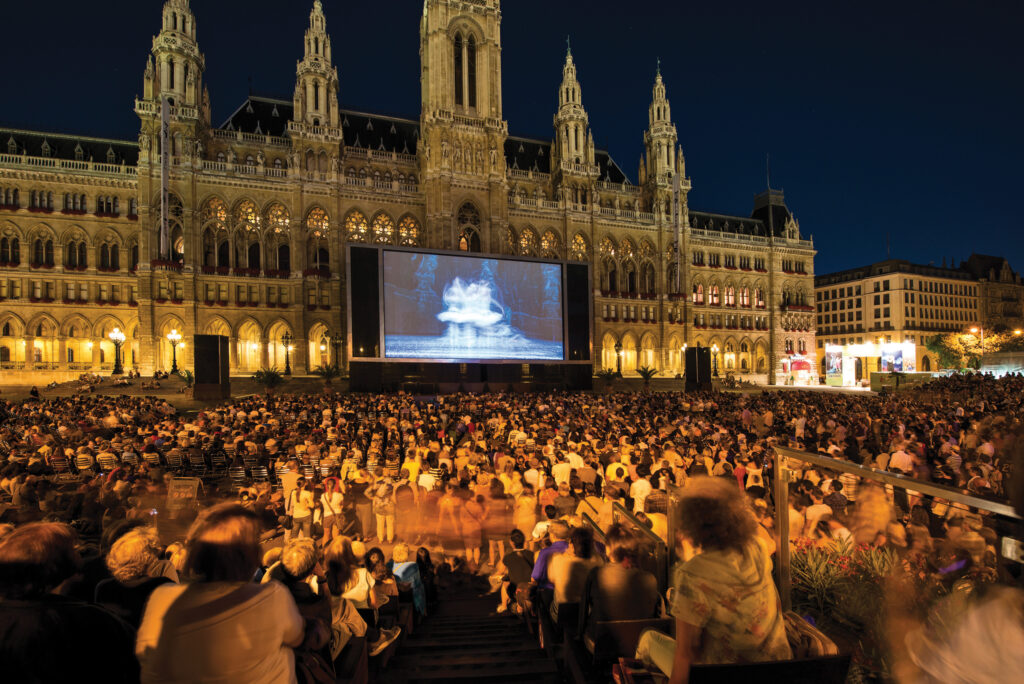
The EIU is the research and analysis division of The Economist Group and provides forecasting and consulting services on an international level. The first survey was conducted in 2004 and Vienna, in 2018, was the first European city to win the coveted ranking.
This year’s edition of EIU’s Global Liveability Index has notched up the highest average score in 15 years for the original comparable list of 140 cities. The ranking process is determined by a number of criteria: stability (25%), healthcare (20%), culture and entertainment (25%), education (10%) and infrastructure (20%). Assessment is based on a mixture of quantitative and qualitative performance measures.
Viennese waltz
The authorities in Vienna were naturally cock-a-hoop about the results of the latest survey. “We are delighted to have been named the most liveable city twice this year, by Monocle and the Economic Intelligence Unit,” said a spokesperson for the Vienna Tourist Board, also referring to a separate survey.
This city certainly has a lot going for it in terms of arts and cultural experiences, catering to traditional and contemporary tastes alike. In the luxury sector, it has it all – five-star hotels, fantastic dining experiences, superb coffee houses that made the Unesco Intangible Cultural Heritage list, and marvellous shopping with top – brand retailers – while private concerts and tours of magnificent museums are available.
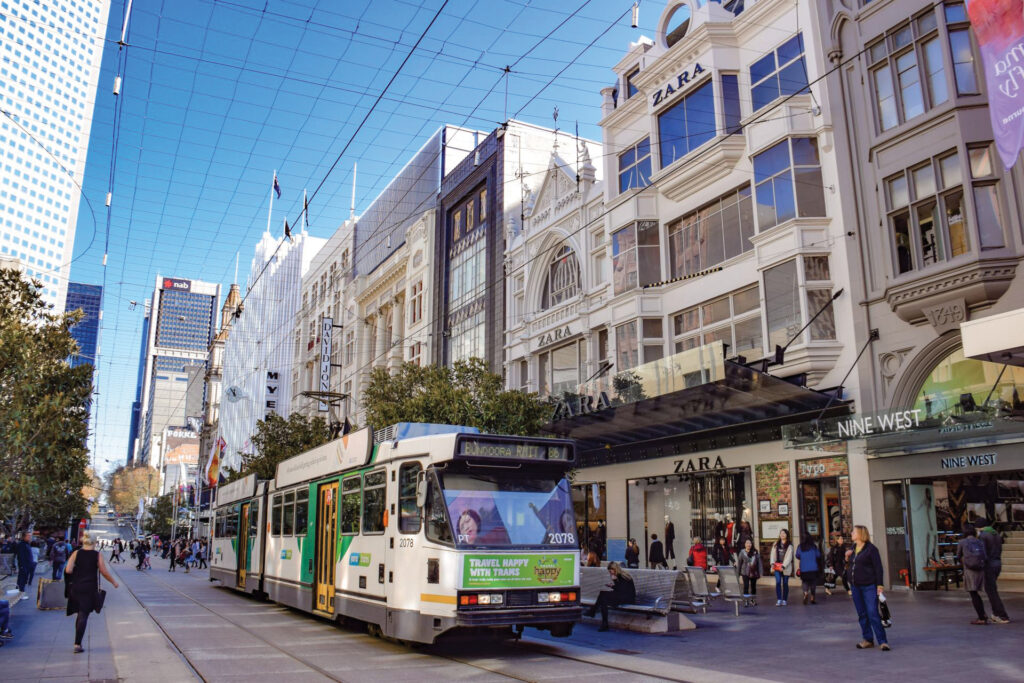
Aside from low crime and efficient trams, living within the splendour of this beautiful cultural cocktail is also enhanced by more simple pleasures: the quality of its drinking water. Fresh water flows into the city’s homes from 30 natural sources emanating from the nearby Alps. Water fountains are dotted around the city to top-up supplies free of charge.
Despite these undoubted attractions, the typical Viennese is characterised as being grumpy with a dark sense of humour. It is thought about a quarter of Austria’s residents hail from outside the country, making for a cosmopolitan mix.
Melbourne reemergence
Melbourne is also another famously cosmopolitan city, with people noted for their sense of irony. The capital of Victoria has traditionally been a strong performer in the Global Liveability Index, with this year’s third-ranked city previously winning the top spot seven times.
Melbourne’s climb back up the rankings comes as no surprise to journalist Robert Blain, whose family migrated to the city from Scotland when he was three years old. Blain, who has lived and worked between Melbourne and Hong Kong for more than 30 years, notes how it is such a safe and stable city, mirroring broader Australia.

“There is an excellent subsidised and affordable healthcare through the Medicare scheme,” he says. “Primary and high-school education is practically free for all, and there are excellent private schools. Tertiary education is also of a high standard with the University of Melbourne regularly featuring highly in global university rankings, and Monash University has one of the world’s top medical faculties.”
Though Melbourne is a relatively high-taxing jurisdiction with a high cost of living, Blain believes this delivers certain advantages – outstanding infrastructure, including roads, public facilities and hospitals. He also considers the city’s culture and environment to be among its strengths; it offers thriving live-music and arts scenes and is one of the world’s great sporting cities.
“Restaurants and cafés are also varied and of the highest quality due to Melbourne’s cosmopolitan makeup,” he says. “For example, yum cha in the city rivals anywhere in the world due to the number of Hong Kong-trained chefs, combined with high-quality and fresh ingredients.”
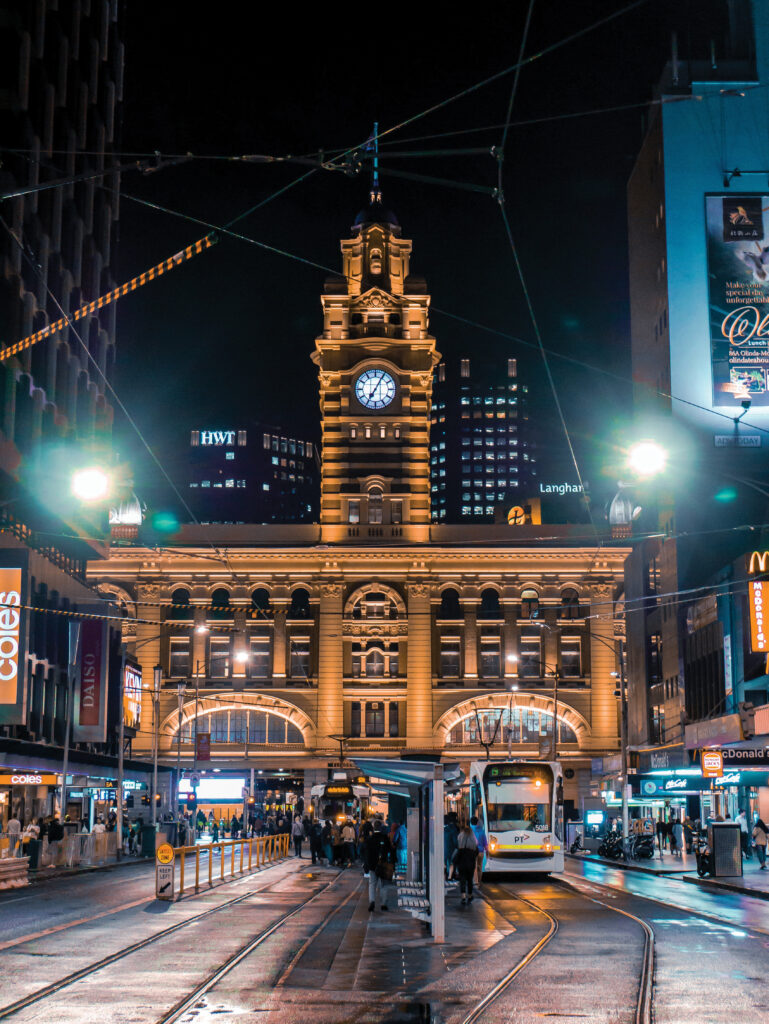
He blames “one of the longest lockdowns in the world” for the city’s 2022 ranking when it attained 10th position. “Melburnians are indeed proud of the city’s high ranking – especially if it finishes above Sydney, with which there is a keen rivalry!”
A spokesperson for the EIU said that Australian cities are traditionally high performers and the transition away from the pandemic has been the biggest factor in restoring their status. They also noted that all cities in Canada received perfect scores for healthcare and education.
Asian risers
Interestingly, the Europeans dominate the list of top 10 fallers in this year’s rankings. Though their overall index scores did not necessarily drop sharply, other cities particularly in Asia made great strides in their scores and rose up the table. Indeed, eight of the top 10 risers are from the Asia-Pacific region, with Hanoi in Vietnam and Kuala Lumpur in Malaysia climbing impressively.
The EIU spokesperson said the liveability of a city is often connected to its economic success and vice-versa and it was this that helped explain the incremental structural improvements in cities across developing economies of Asia. “Economic growth has enabled many of the cities to push forward structural improvements in areas such as education and healthcare,” they noted. “As the world’s political and economic axis continues to shift eastwards, we expect the cities in these regions to move slowly up our liveability rankings.”

Tenth-place Osaka got a perfect score in three out of the five categories covered by EIU’s liveability index – stability, culture and environment, and education. According to the spokesperson, the city’s slight uptick in culture and environment ratings in this edition was due to the removal of pandemic restrictions.
The survey has added 33 cities since last year, many of them in China. These cities dominate the middle of the rankings, with healthcare reforms having aided their liveability scores.
Stability slips
Further to this, the spokesperson revealed global average healthcare scores had improved the most, with smaller gains for education, culture and entertainment, and infrastructure. “However, scores for stability have slipped backwards, amid several instances of civil unrest around the world.”
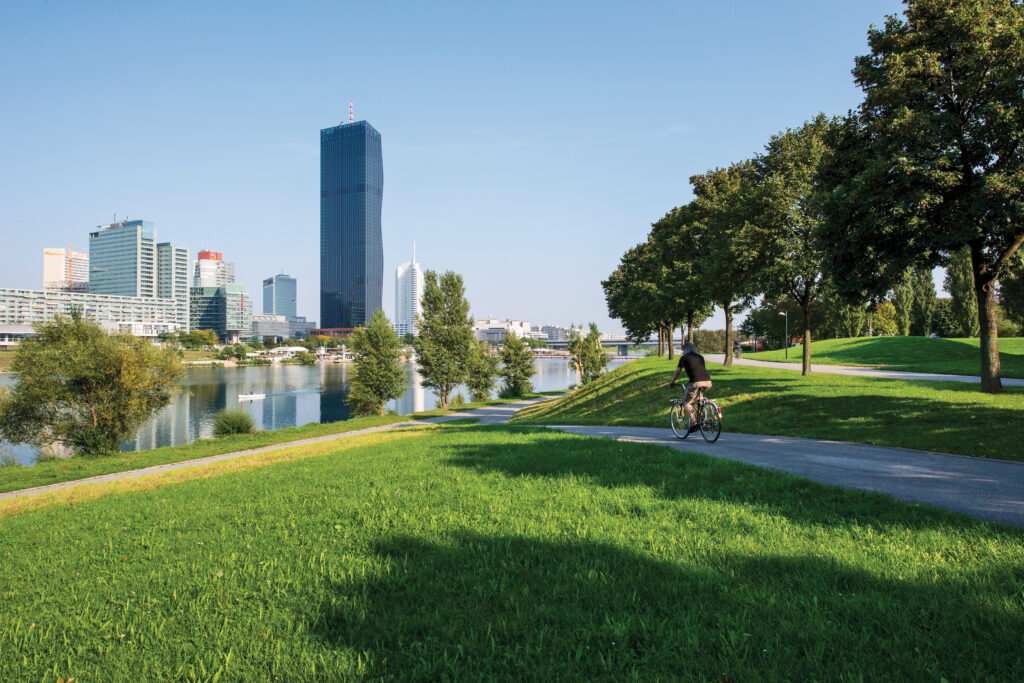
Inflation fuelled by high petrol and food prices and shortages of goods have sparked unrest and dissatisfaction in many cities. High-ranking Melbourne was not immune from the turmoil with supply chain issues caused by the pandemic and war in Ukraine.
Blain cites manpower shortages, especially in the retail sector, the escalating cost of living and high property prices as areas of concern. “It will be interesting to see how these challenges affect Melbourne’s ranking in the future,” he notes.



